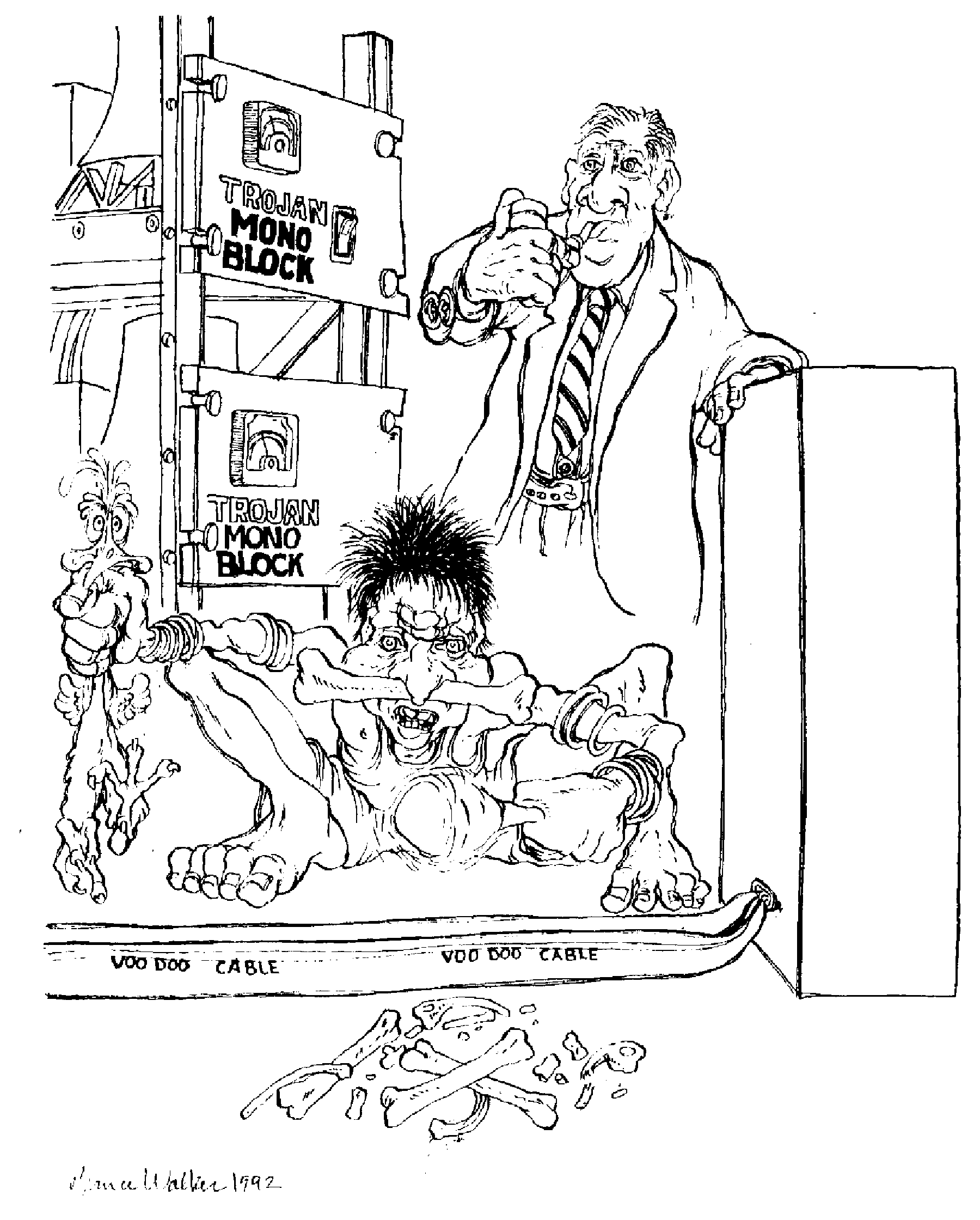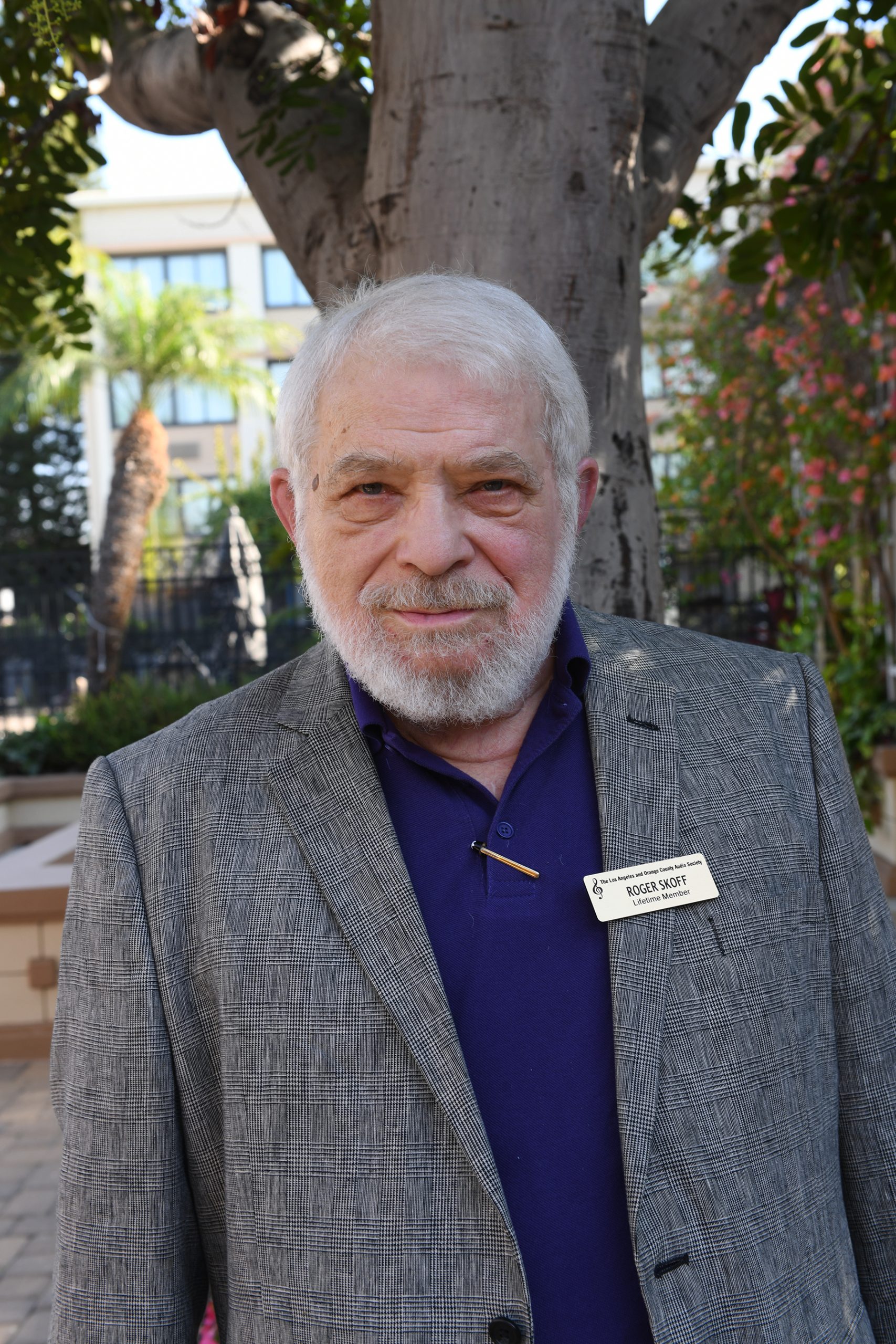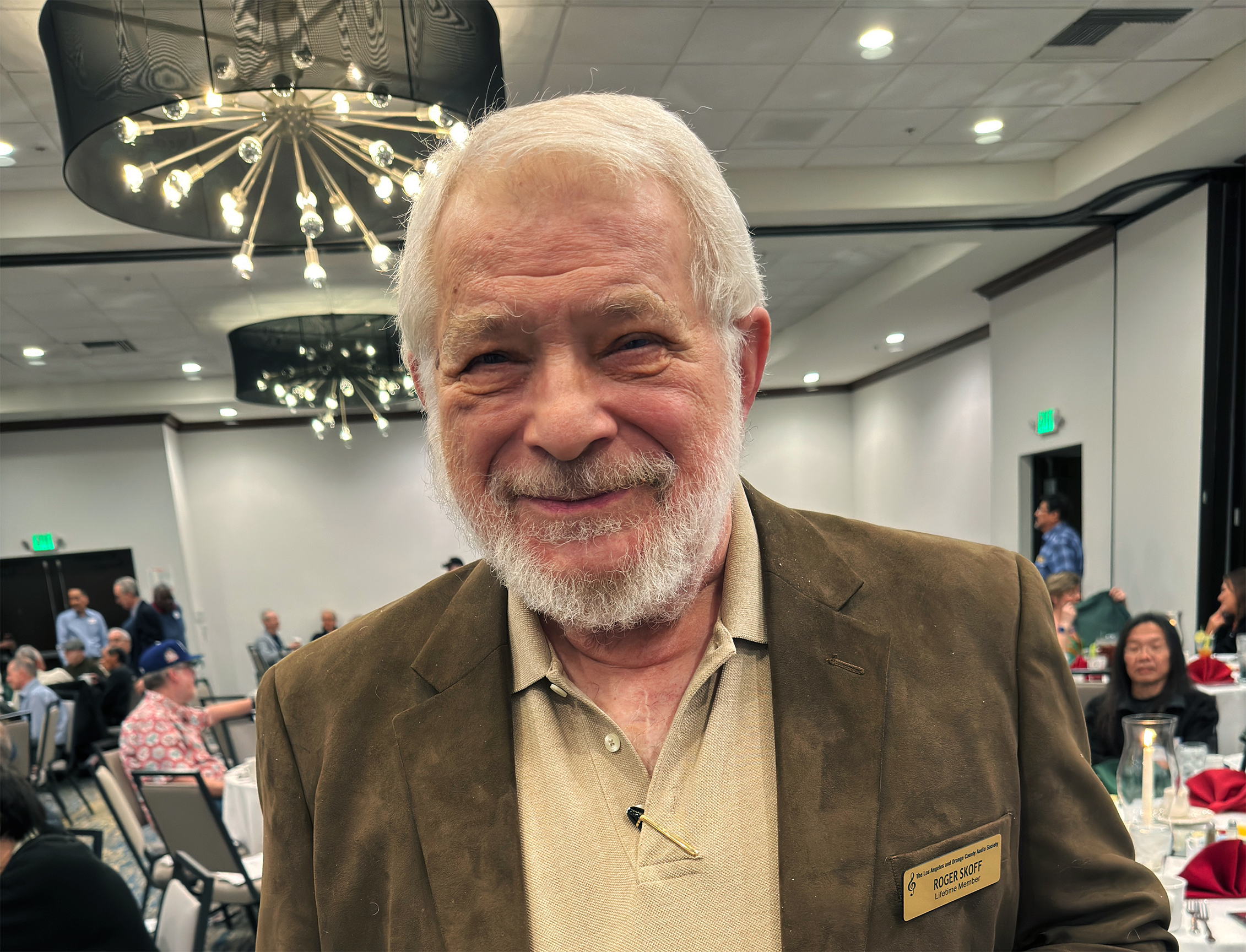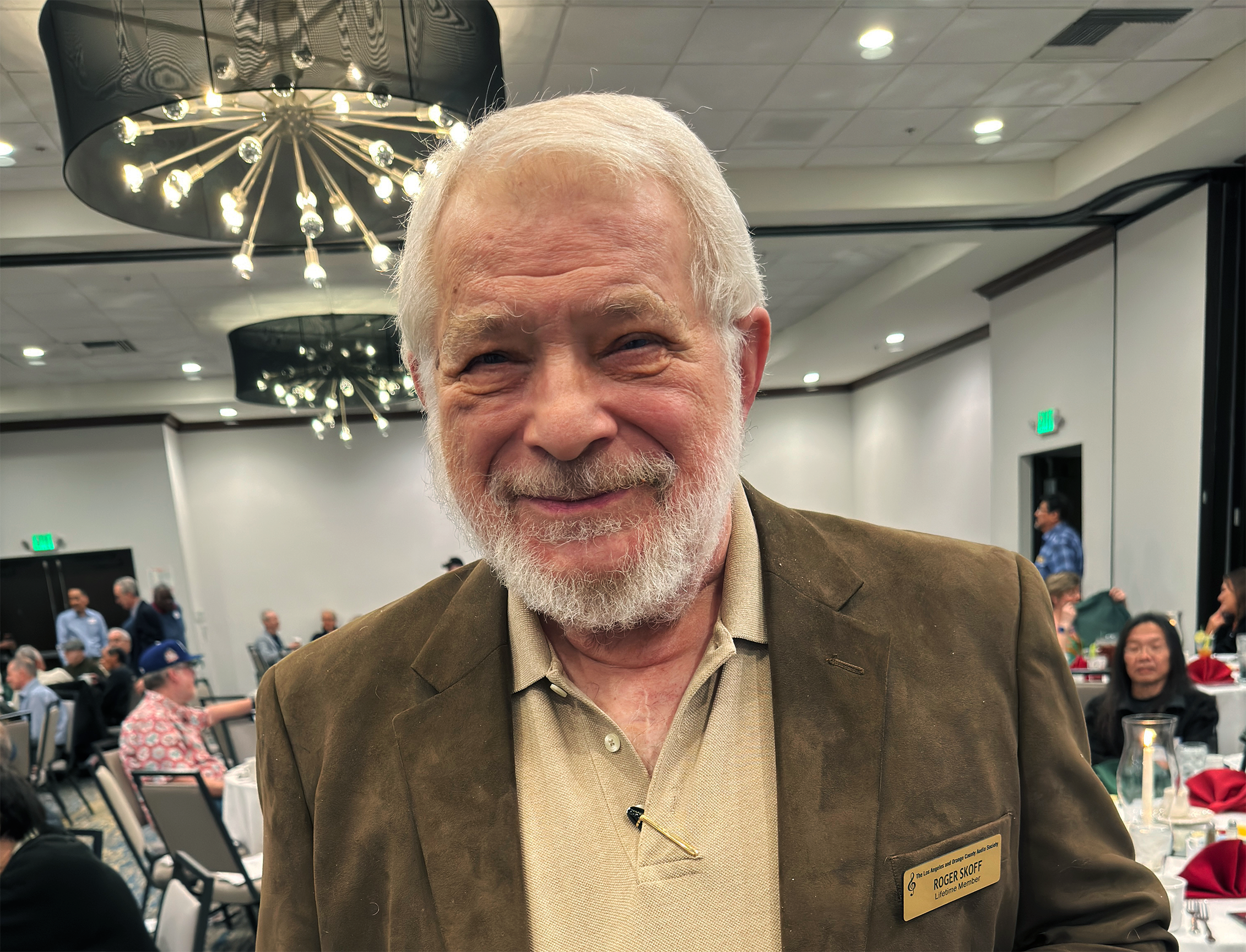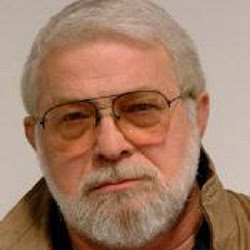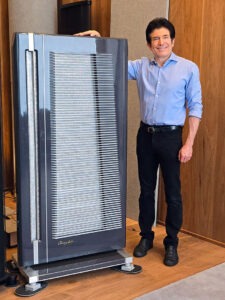
Roger Skoff writes about why it costs so much to get less
Roger Skoff is the former CEO and Lead Designer for XLO Cables. Nowadays, he captains RSX Technologies, a new high-end cable company in southern California.
Words are cheap. If you just want to hear the words of a song, even a kid's "crystal set" radio will give them to you, and a crystal set is the absolute cheapest, simplest form of electronics there is.
It's so cheap and so simple that it requires no power (not even a battery); no tubes or transistors; and no other conventional electronic parts at all—just an antenna, a piece-of-rock "detector," a "cat's whisker" contact, a tuning coil setup, and a (preferably high impedance) earphone. It'll also sound pretty awful, losing virtually all detail, frequency range, and dynamics, and adding all kinds of static and distortion, but it will give you the words.
If you can find one (and it's doubtful that most people, other than old kids like me, who got crystal sets as presents or as parts of some "Radio Experimenter's Kit", will even know what it is), you might want to check it out. The only cheaper or easier option for learning what the words of a song are might just be to look them up on the internet.
Music is far more than just the words, however, even if it has them, which lots of kinds of music—instrumentals of any genre, for example—obviously don't. Whether a single voice or instrument or "The "Symphony of a Thousand" (Mahler #8), music in any form is always a complex harmonic, temporal, and dynamic mix of sounds and silences that, particularly to us as music lovers and audiophiles, is an important part of our lives—one that we want our audio systems to recreate for us in all and only its true detail.
And, while doing that for some aspects of the music can be relatively easy, trying to achieve it for others—at least with current technology—can range from difficult and expensive all the way up to completely impossible.
Going from a crystal set to a shirt-pocket transistor radio will get rid of some of the noise and distortion and may start to give you a better idea of the tune. Each additional step up the performance scale after that—from the pocket radio to a boombox; to a "mid-fi" system; through component audio; to the very finest High-End system—may bring forth more detail, better ability to know how many and what kinds of performers are involved; where each is located relative to any other within the recording venue; and even of the size, shape, and depth of the venue, itself.
Getting the sounds and silences is comparatively easy—all you have to do is to throw enough money and technology at them and most sound problems can either be mitigated or overcome. Getting the system to play the music without making its own contribution to it, either positive or negative, is where things get tough.
Many years ago, my previous cable company, XLO, wanted to (but after consultation with its lawyers, decided against) running ads in all of the audio magazines that would have shown something similar to the NBC peacock (you know, the stylized bird with each of its tail feathers a different color), but printed entirely in black and white. Above the bird would have been written "The XLO peacock", and below it would have been the words "Absolutely no coloration!"
That goal of "absolutely no coloration"—no "shading" or change to what's actually on the recording, has always been my ultimate goal for every product I've ever designed, and I suspect that there are few, if any, major audio designers out there who don't share it. As said earlier "...we (both the designers and our audiophile customers) want our audio systems to recreate [music] for us in all and only its true detail":
Unlike classical composers, who used to expect performers to add "grace notes"—a little something extra"—to their music, and who, in concerto compositions, would purposely leave whole sections of the score blank except for a time signature, intending for the soloist to improvise them as his contribution to the music, we want what we make or do to add nothing, to subtract nothing, and to change, modify, or distort nothing about the music or its playback in any way at all. In short, except for their intended purpose, we want our products or systems to do nothing at all.
While doing nothing to alter the musical signal becomes increasingly possible as our industry continues to learn more about the way things work, the basic facts of physics militate against our ever being able to completely achieve it.
Resistance, for example, is always present in our products and systems and always works, either electrically, mechanically, or electromechanically, to resist the transfer of energy and, in conjunction with other factors, to alter frequency response and create resonance and/or filter effects.
Resonance, itself, (the tendency to resonate when stimulated) is something that is always present in every physical object, both at its fundamental resonance frequency and (yes, really, but not necessarily audibly) an infinite series of harmonics. It also has its electrical equivalent, and both can have clearly audible sonic consequences if they're not effectively damped or countered.
Inductance, both self- and mutual-inductance manifests itself in induced energy flows (radio transmission and induced powerline "hum" being two common examples), and, in conjunction with other factors, can also produce filter and other effects.
Capacitance (although there are many more) is the last effect of physics on our audio systems that I will bring up here. A capacitor is formed any time any two charged conductors (the "plates") are separated by a non-conductor (the "dielectric"). It's the "seesaw effect" partner/opposite of inductance in that the amount of each is determined by how close or far apart two conductors are to each other—the closer they are, the more capacitance there is and the less inductance, and the farther apart, the less capacitance and the more inductance. The major effect of capacitance is the storage and release of energy, and capacitors—either as purpose-designed devices or as a consequence of conductor placement—are found almost everywhere in an audio system. Capacitors are used in the system's electronics; in the crossover networks for the speakers; as cables or electrostatic speakers (which are, themselves, really just a form of capacitor); and anywhere else in the system where two separated conductors are in proximity. And where there is capacitance there is capacitive discharge effect—the release of stored signal energy, out of phase, into the signal path every time the signal changes polarity—which can result in cancellation of all or part of an incoming signal and even, at times, spurious signal as a result of created out-of-phase artifacts.
The point I'm making here is that there is nothing you can add to a signal that will have no effect on it! Despite all the well-meaning but uninformed people out there (a surprising number of whom even have the credentials to make you think they ought to know better), amplifiers, cables, and many other things that have been attacked as making no difference actually do.
In fact, even just the minimal act of running a DC current through a single bare wire will still affect the signal because of the resistance that is always present in any conductor to at least some degree, and when two wires are present, insulated, and at a distance from each other—all of which matter—the effect can, depending on whether they're formed into a cable or are simply elements of the components of an electronic circuit, be significant and clearly audible.
True "nothing" isn't possible. And even trying to approach it as part of the quest for sonic accuracy is both difficult and expensive. Regardless of how it may be stated, that's what much of the cost of good audio gear goes for. When Dire Straits sang about "money for nothing and chicks for free" they were inadvertently correct, at least about the money part. "Nothing" doesn't come free, and the more of it you want—the more accurate and unchanged you want your music to be—the more it's likely to cost.





